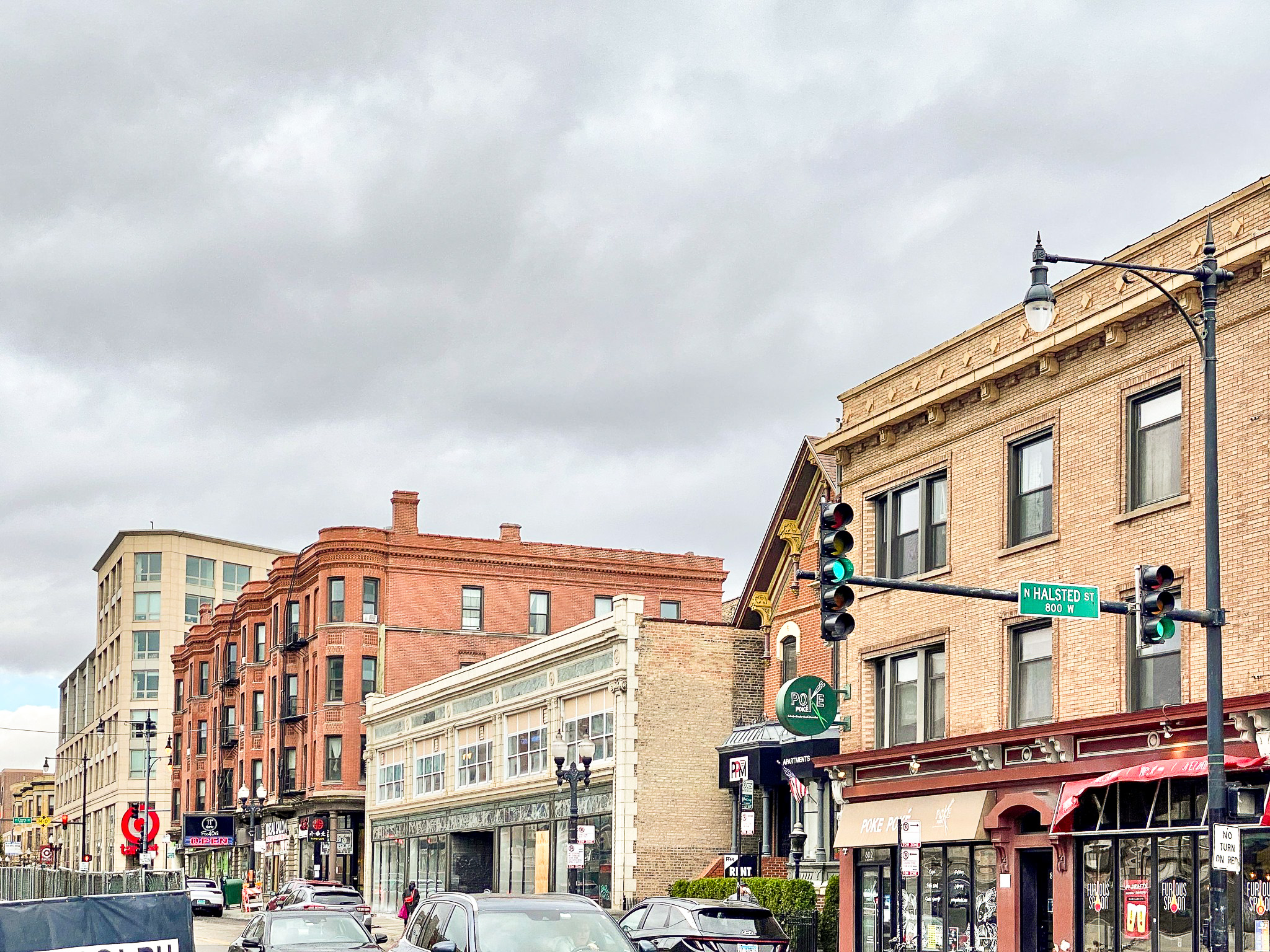The Power of Housing Choice: Lessons from Gautreaux

California cities remain racially segregated, with significant economic disparities between predominantly minority and white neighborhoods. In “The Long-Run Effects of America’s Largest Residential Racial Desegregation Program: Gautreaux,” researchers Eric Chyn, Robert Collinson, and Danielle H. Sandler examined what happened when low-income Black families moved from Chicago’s segregated Black neighborhoods to equally-segregated white neighborhoods.
In 1966, residents of Chicago’s public housing projects – including Dorothy Gautreaux, for whom the case is named – sued the Chicago Housing Authority for racial segregation. Their Supreme Court victory in 1976 led to a program that provided housing choice vouchers to Black families who voluntarily joined the program.
Key Takeaways:
- Children whose families moved to predominantly white neighborhoods earned 20% more as adults and accumulated $34,000 more in lifetime earnings by age 38.
- These children were 10 percentage points more likely to become homeowners as adults, helping close the racial homeownership gap.
- Benefits lasted generations – 40 years later, these individuals lived in more diverse neighborhoods with better opportunity measures.
As a part of the Gautreaux program that resulted from the Supreme Court case, participating families moved to either equally-segregated white suburbs, or revitalizing neighborhoods with less-segregated Black residents. This created a natural experiment that allowed researchers to study how neighborhood integration affected children’s long-term economic and social outcomes.
The study tracked about 4,800 children whose families joined the Gautreaux program after 1981. Researchers linked program records to earnings data, Census information, and address histories.
Their findings showed that children whose families relocated to predominantly white neighborhoods saw multiple, lasting advantages. They earned 20% more ($2,341 annually) in their mid-twenties – an economic benefit that continued as they aged. They were also 10 percentage points more likely to become homeowners by their mid-30s.
While predominantly white neighborhoods often have higher homeownership rates, the researchers controlled for economic factors, showing that racial integration itself contributed to children’s improved homeownership outcomes
The Gautreaux study found that poverty reduction drove earnings gains, but racial integration uniquely shaped social outcomes and future neighborhood choices. When researchers compared Gautreaux with the Moving to Opportunity program (a similar voucher program which reduced poverty without changing racial composition), they discovered that only Gautreaux participants showed improved social integration and chose more diverse neighborhoods as adults.
California policymakers can learn from this program and expand housing opportunities in two essential ways: by reforming laws to allow smaller, more affordable homes in high-opportunity areas, and by strengthening housing mobility programs – such as housing choice vouchers – that help families overcome the financial barriers to living in these areas. The first creates more places for families to live; the second helps families gain access them financially.
Together, these approaches can help more Californians benefit from the same types of neighborhood advantages that improved long-term outcomes for Gautreaux participants.
Photo by Warren Le May under the Adobe CC BY-SA 2.0 license